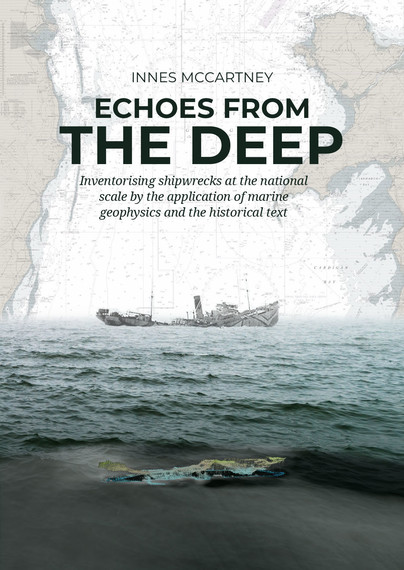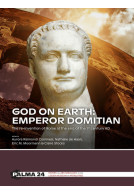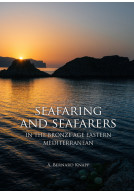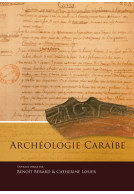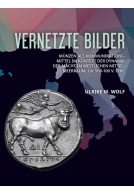Google Books previews are unavailable because you have chosen to turn off third party cookies for enhanced content. Visit our cookies page to review your cookie settings.
Echoes from the Deep (Paperback)
Inventorising shipwrecks at the national scale by the application of marine geophysics and the historical tekst
Imprint: Sidestone Press
Pages: 270
Illustrations: 163fc / 7bw
ISBN: 9789464261165
Published: 27th September 2022
Script Academic & Professional
Pages: 270
Illustrations: 163fc / 7bw
ISBN: 9789464261165
Published: 27th September 2022
Script Academic & Professional
You'll be £60.00 closer to your next £10.00 credit when you purchase Echoes from the Deep. What's this?
+£4.99 UK Delivery or free UK delivery if order is over £40
(click here for international delivery rates)
Order within the next 10 minutes to get your order processed the next working day!
Need a currency converter? Check XE.com for live rates
(click here for international delivery rates)
Order within the next 10 minutes to get your order processed the next working day!
Need a currency converter? Check XE.com for live rates
In a process analogous with the impact of aerial photography on landscape archaeology, marine geophysics is locating the remains of thousands of shipwrecks across the seabed of the globe. This research project set out to establish whether all of the shipwrecks in a given geographic region could be identified by name through the mutual study of the 3D models of the shipwrecks, alongside the historic text of shipping losses in the same area.All of the 273 shipwrecks in a 7,500sqm study area in the Irish Sea were surveyed using multibeam echosounder. The methodologies subsequently developed to identify the wrecks enabled names to be given to 80% of the unknown ships, verified by their dimensions, their geographic position, and archival descriptions of the sinking of each ship. In all 87% of the ships in the study are now identified.In historic terms, the newly identified wrecks included myriad vessels from trawlers, cargo vessels, submarines, through to the largest ocean liners and tankers. They include rare ship designs, losses of national importance, and naval graves. Several of the wrecks uncovered have potential environmental concerns. The accurate dating of so many wrecks in one area has a major impact on the study of seabed dynamics and site formation processes, creating better models for the placement of windfarms and tidal generators.This research is important because the seabed of the world is being increasingly mapped in detail, and shipwrecks are being located in large numbers. This research developed a low-cost means of inventorising shipwreck datasets across entire national zones without costly physical interaction with each wreck site. It should be of key interest to marine scientists, environmental agencies, hydrographers, heritage managers, maritime archaeologists, and historians around the world.
Other titles in Sidestone Press...







